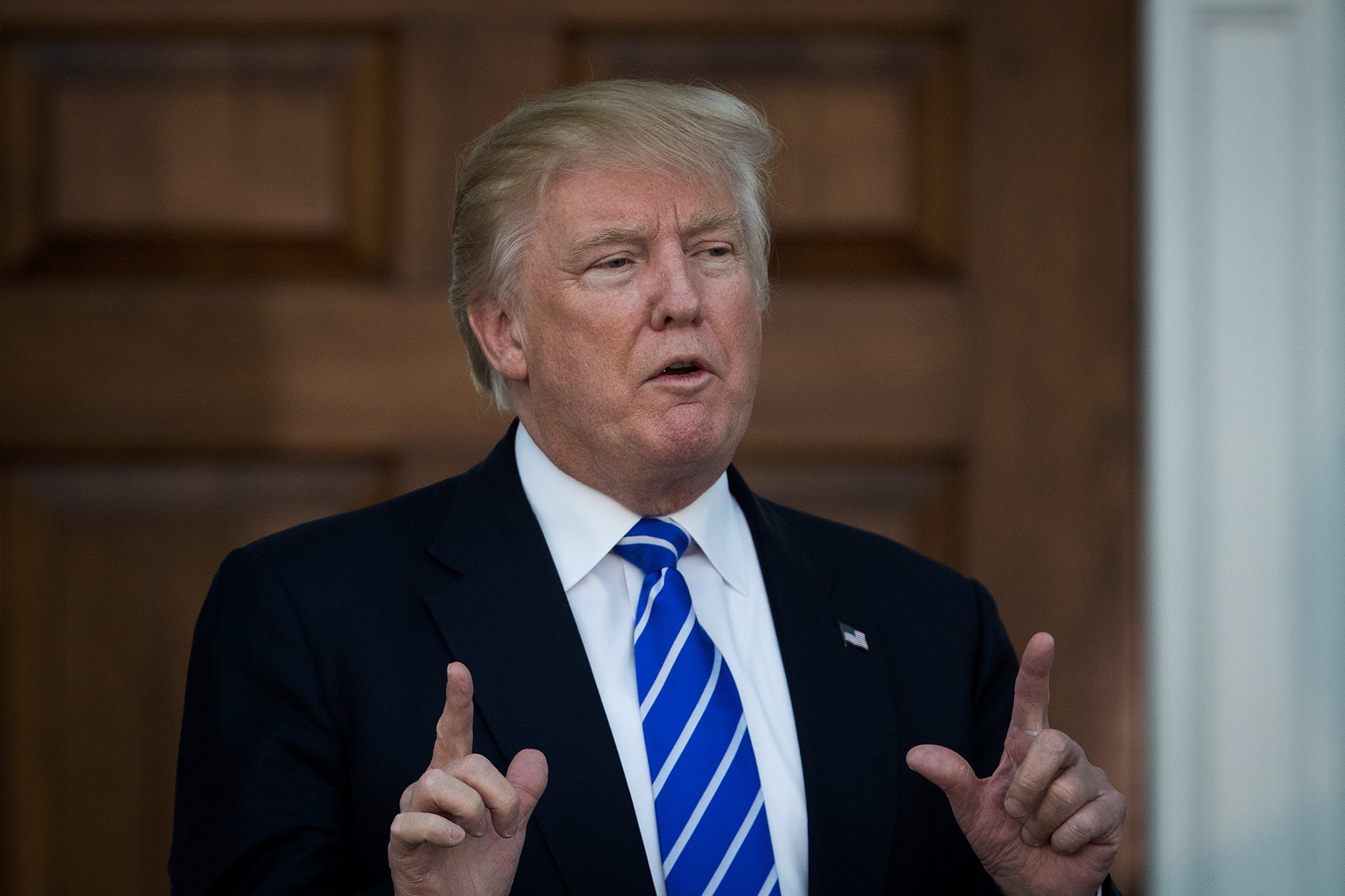
Like a musician who comes out for one encore too many, the presidential campaign returned to center stage after Thanksgiving with a reprise of its sour song. The too-familiar notes were struck: the overture of cynicism, the air of conspiracy, the cadenza of opportunism—and, inevitably, Donald Trump’s Twitter feed.
The name of the tune was Recount. In a last-minute flurry of paperwork and lawsuits, various parties sought to review ballots in Wisconsin, Pennsylvania, and Michigan. No one close to the exercise really believed it would overturn Trump’s unprecedented victory in the Electoral College, but the band played on regardless.
It’s not hard to understand why. Pre-election polls showed a tight race but not a Trump victory. In the aftermath of the surprise result, a lot of people tried to understand what happened. Hillary Clinton had come so close to victory, beating Trump by more than 2 million popular votes nationwide while losing the three decisive Great Lakes states by a total of about 100,000 ballots.
Narrow as the margins were, political pros inside the Clinton campaign knew immediately that those margins were essentially insurmountable. No campaign had ever closed a gap in the tens of thousands through a recount.
But hold on: what if the votes weren’t miscounted, but hacked? What a can of worms this opened. Each state with its own recount laws, and each county, each precinct even, with its individual voter rolls and electronic machines. As the clock ticked loudly toward the Dec. 13 deadline for resolving Electoral College votes, officials in all three states tried to imagine what possible mechanism could settle such an intricate charge?
Yet, given all that transpired in 2016—the Trumpian insistence on “rigged” elections; the alleged theft by Russians of Clinton insider e-mails—the mood was right for a conspiracy theory. J. Alexander Halderman, a computer security expert at the University of Michigan, argued first to the Clinton campaign, and then in an online essay (after New York Magazine publicized his theory of a hacked election), that prudence demanded a review of the ballots to check for signs of foul play.
The evidence for such a vast fraud was somewhere between slim and none, according to Marc Erik Elias, general counsel to the Clinton campaign and a leading authority on election canvassing. What’s more, as Elias tried to explain in his own essay for the Internet, systemic fraud that might exist would likely be discovered without the drama of a formal recount, when randomly selected precincts in Wisconsin and Pennsylvania are audited as a matter of course.
In a more ordinary year, that might have been the end of it. But Halderman’s theory inspired the anti-Trump resistance to fight another few days. Fourth-place finisher Jill Stein of the Green Party, sensing opportunity in the Clinton campaign’s lack of enthusiasm, offered to push for the recounts, and was rewarded with more than $6 million in online contributions to help pay the costs. Suddenly, a campaign asterisk was transformed into a central player, and Stein’s fundraising database for future undertakings was bulging with new contacts.
Through all this, President-elect Trump remained aloof, traveling from Manhattan skyscraper to New Jersey golf resort to Palm Beach playground. His Cabinet gradually took eccentric shape. His approval ratings rose slowly from the sub-basement. And then Elias spoiled his equilibrium by announcing that Clinton would join Stein’s call for recounts, if only “to ensure the process proceeds in a manner that is fair to all sides.”
Exploding on Twitter in a way that recalled his September campaign meltdown, Trump savaged the “Green party scam” and the “defeated and demoralized Dems” who had joined it. With high umbrage, he recalled, in a long parade of tweets, Clinton’s lecture during a presidential debate on the importance of accepting the election returns. And then he went full Trump. Citing no evidence, he echoed the unsupported assertion on a conspiracy website that Clinton’s popular vote victory was the result of millions of “illegal” votes.
Perhaps he believed it. Perhaps he also believed in his boast of “winning the Electoral College in a landslide.” (In fact, Trump’s likely margin of 74 votes was the fourth smallest since 1960.) But another explanation might be closer to the truth. With his advisors squabbling openly over the idea of Mitt Romney as Secretary of State, and investigative reporters digging into his tangled business interests, the President-elect dropped his Twitter bomb to change the subject.
Conspiracy monger, or cynical manipulator of public outrage? Neither alternative was very presidential. Americans willing to give Trump the benefit of the doubt were disappointed to hear him singing the same old song.
More Must-Reads from TIME
- Why Trump’s Message Worked on Latino Men
- What Trump’s Win Could Mean for Housing
- The 100 Must-Read Books of 2024
- Sleep Doctors Share the 1 Tip That’s Changed Their Lives
- Column: Let’s Bring Back Romance
- What It’s Like to Have Long COVID As a Kid
- FX’s Say Nothing Is the Must-Watch Political Thriller of 2024
- Merle Bombardieri Is Helping People Make the Baby Decision
Contact us at letters@time.com